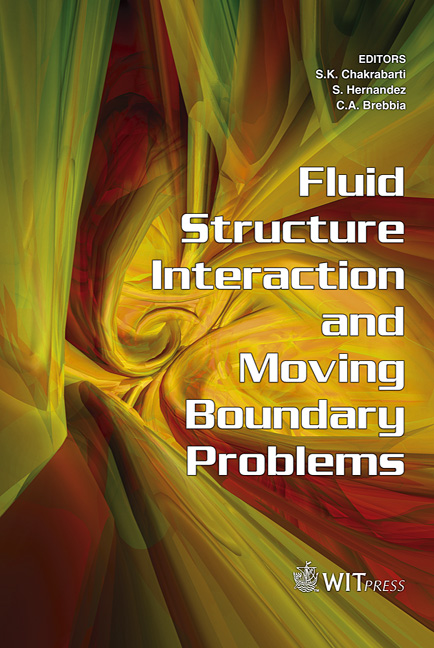Developments To Minimize The Occurrence Of Surface And Subsurface Vortices At Pump Intakes
Price
Free (open access)
Transaction
Volume
84
Pages
9
Published
2005
Size
2,048 kb
Paper DOI
10.2495/FSI050051
Copyright
WIT Press
Author(s)
S. J. van Vuuren
Abstract
Surface vortices have been classified [1] and are widely used as parametric criteria to evaluate the acceptability of the hydraulic inlet conditions at pumps. The geometry of the pump sump, pump inlet and the flow characteristics (fluid structure interaction) normally depict the tendency for the formation of surface vortices. The presence of surface vortices will invariably lead to un-uniform loading on the pump inlet, leading to vibration and possible structural failure. Current literature [2,3] reflects the submergence requirements at pump intakes to prevent the occurrence of surface vortices. The accepted hypothesis is that by increasing the submergence the formation of vortices will be reduced. This hypothesis is challenged on the basis that surface vortices can only occur when the vertical flow component is significant and that this can be limited by the accentuation of the horizontal flow velocity that will dissipate the vertical flow component and thus reduce the submergence requirement significantly. Physical and computational modelling was conducted to verify the relationship of flow velocities on the required submergence to prevent surface and subsurface vortices. Keywords: pump intakes, vortices, deflector beam, vane turning box, submergence, swirl angle, pre-rotation, horizontal flow. 1 Introduction The criteria suggested for effective pump operation entail, the limitation of surface vortices, ensuring a balanced velocity distribution and limiting the prerotation at the pump inlet [4].
Keywords
pump intakes, vortices, deflector beam, vane turning box, submergence, swirl angle, pre-rotation, horizontal flow.





